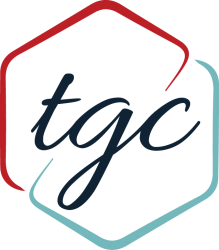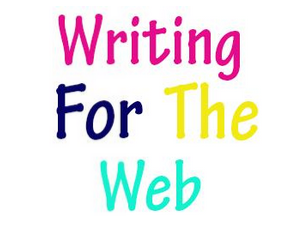Did you know, according to Microsoft Research, the average Web reader will spend 10 seconds deciding whether to stay on a page or click “back” and go on to the next Google result? Well, if you did not, now you do!
As the ever-changing world of journalism shifts from copy on paper to type on a website, so does the way in which we, journalists and public relations professionals, must write. Understanding how an individual reads on print versus the Web is crucial when structuring content.
From blogging to news stories, organization and placement is key to maximize readership and readability. Also, knowing how to write for the Web is even more important for those soon-to-be graduates, like myself, as the job market becomes more competitive.
Here are a few things to keep in mind when writing for the Web:
Scanabilty: Because Web readers do not stay on a page for very long, it is important to structure your content to ensure it is scannable, meaning you are effectively getting your point across through a quick scan of the content.
- Headlines: Your main idea should be within your headline. The reader should understand the message they will receive solely through the headline.
- Subheads: Once you have your main idea in your headline, use subheads for your main points. Think of this as the structure or roadmap of your piece.
- Bullets: Do you have a list or information that you want to easily disseminate to your readers? Put it in bullets! It will also add visual appeal to your website.
Most Important Information First: Word-for-word reading rarely happens on the Web, so follow the inverted pyramid writing style and put your most important information first.
Please the Non-Readers: Like I said before, those on the Web don’t read! So make sure you are writing to please the lazies. What does this mean? It means short sentences and paragraphs, getting to your point quickly and easy to read copy.
Use Pictures: Pictures are a great way to break up text heavy copy. There are some great ways to use pictures too! Infographics, diagrams, graphs or pictures are all useful when writing for the Web and keeping your reader on your page.
Hyperlinks, Use Them: Hyperlinking text within your story or blog provides readers more information about a specific topic or subtopic within your story. It is also a great way to provide your source or back up an opinion you state. One thing to keep in mind when embedding hyperlinks is to link words that tell the reader where he or she is going, rather than just linking “click here.”
Writing for the Web is no easy task; it takes time, energy and some brainstorming. However, like all things, it comes with practice! So go forth, and create that blog or write that story you’ve been thinking about!
Check out these websites for more useful information on writing for the Web:
9 Simple Tips for Writing for the Web
F-Shaped Pattern For Reading Web Content
By Mallorie Hayes, editor & assistant account executive




